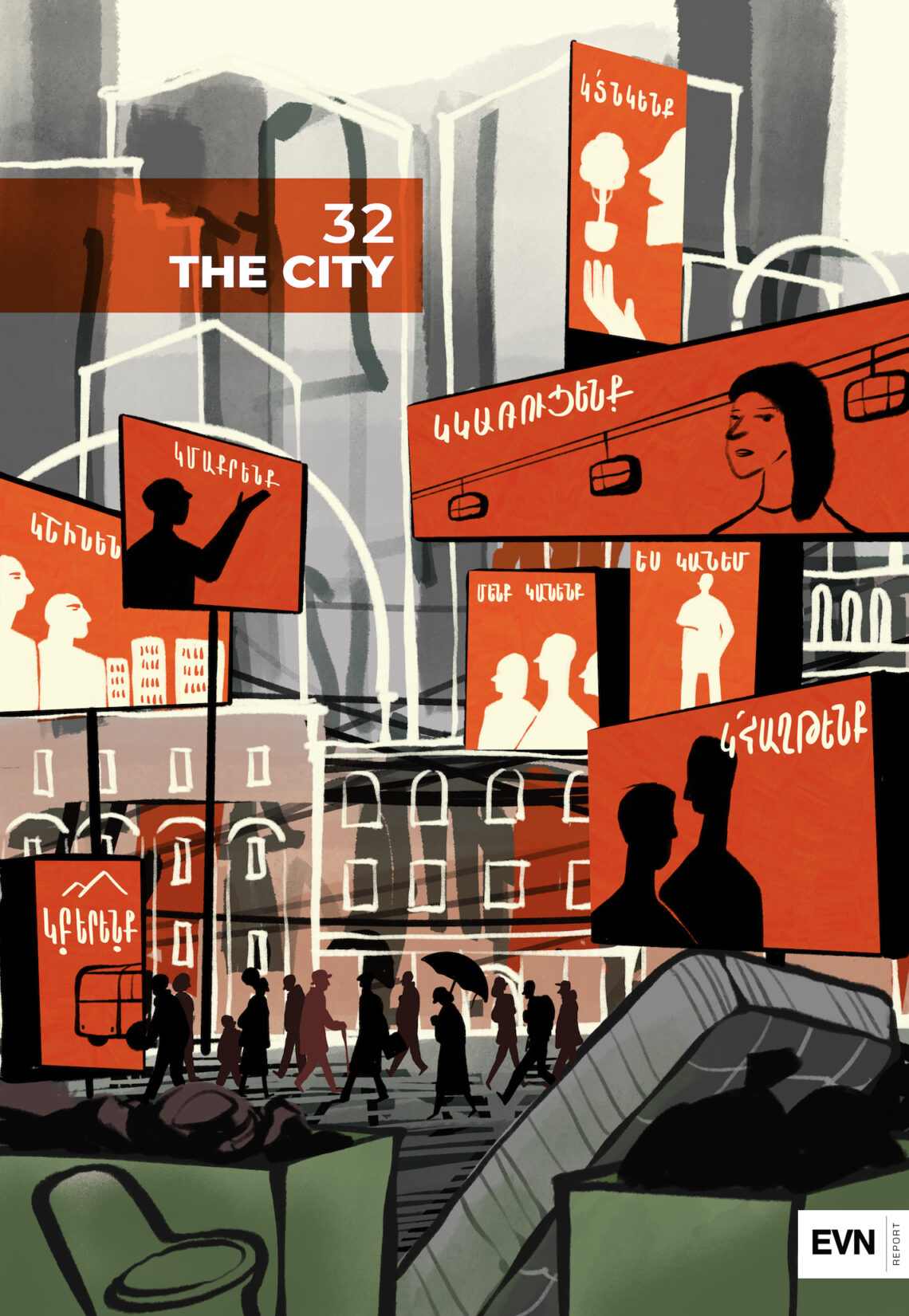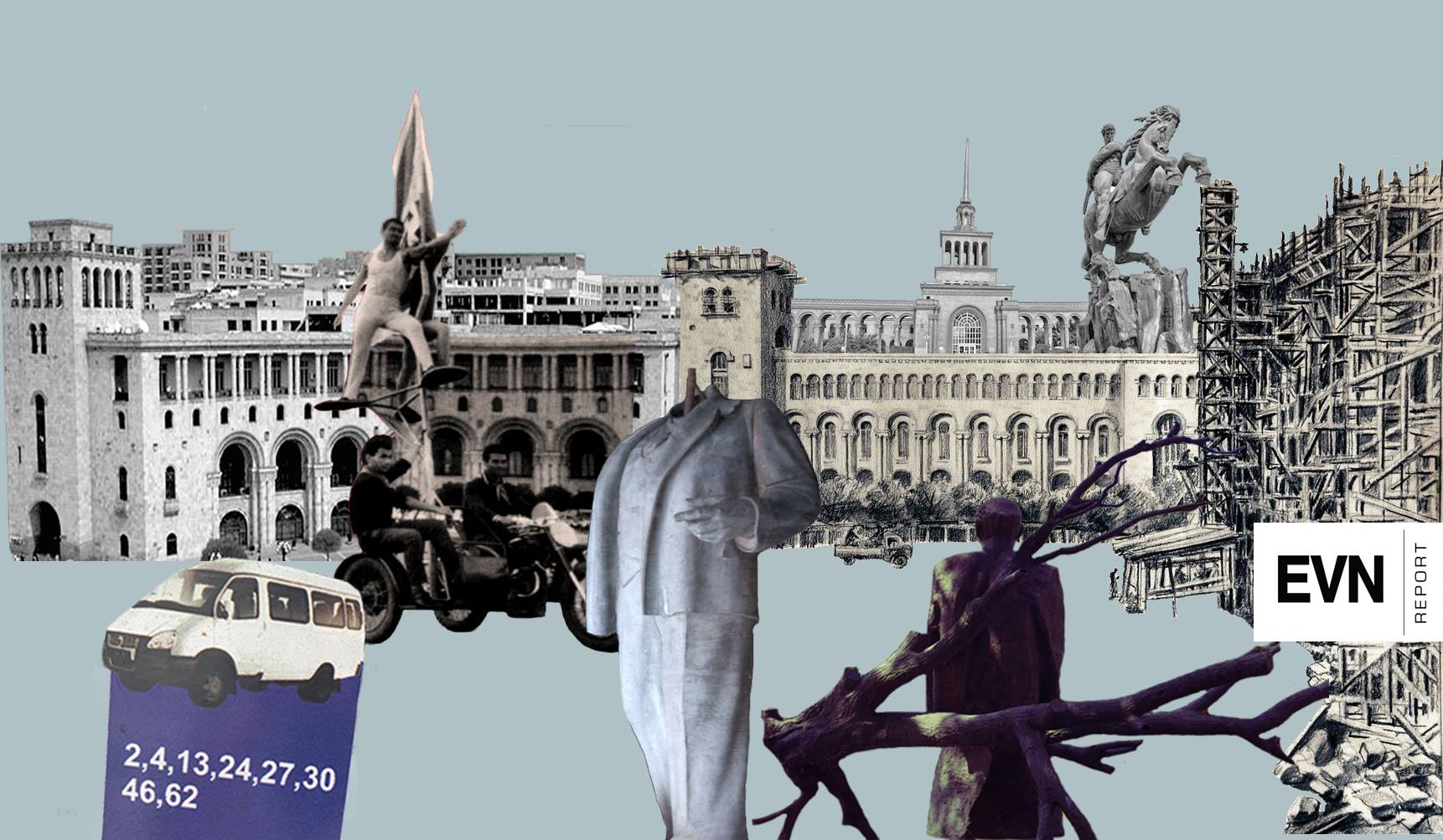Stay up to date with IPI’s work on media innovation and sustainability by subscribing to our newsletter The Outlook. Sign up here.
“When you are a country in conflict, you tend to become very insularized. We wanted to do something against that,” the founder and editor-in-chief of the Yerevan-based weekly magazine EVN Report, Maria Titizian, told IPI.
This was her main motivation to found the English-language analytical digital outlet that would later become the global voice of Armenia.
EVN Report emerged in the aftermath of the 2016 Nagorno-Karabakh war. At that time, Maria Titizian and Roubina Margossian, now the editor-in-chief and managing editor, recognized a significant gap in Armenia’s media landscape – there was no English-language publication representing Armenians worldwide and telling in-depth stories of the Nagorno-Karabakh conflict. The two women journalists launched the EVN Report with minimal initial funding, consisting of small donations from its board members.
Between a magazine and think-tank
Armenia’s Velvet Revolution began in 2018 – a series of anti-government protests which led to far-reaching changes in the country’s politics. During this transformation, EVN Report experienced extremely rapid growth. It became clear that there was a strong appetite for analysis of the changes happening in Armenian society, their root causes and possible consequences.
“During the transition from former Prime Minister Sargsyan’s departure to current Prime Minister Pashinyan’s takeover of the office, our Facebook followers increased from 900 to 10,000,” Titizian said. Following the revolution, it became easier to sustain operations as an increasing number of international donors started to support Armenia’s transition to democratization.
EVN Report focuses primarily on providing in-depth analysis of political, social, and economic issues, human rights- and crisis reporting, all while embracing solutions journalism.
“We balance the roles of a magazine and those typically held by a think-tank,” Titizian said.
The team collaborates not only with journalists but also with political scientists, economists, and legal experts. Amid the wars and escalations with Azerbaijan over the last seven years, EVN Report’s primary focus has been on reporting on the war and analyzing the country’s security situation.

Titizian added that EVN experts have produced white papers on a range of issues, including transitional justice, electoral systems, women’s rights, and children’s rights.
Some insights from these articles were incorporated into recent legislation passed by the Armenian parliament following the revolution.
Furthermore, EVN has had a significant impact on Armenia’s media landscape by presenting a clear example of what independent journalism can look like amidst the ongoing conflicts. “We have inspired other media outlets to elevate their standards, and focus more on in-depth and long-form reporting” Titizian noted.
Covering times of conflict and unrest
In the aftermath of the Velvet Revolution, there has been a significant improvement in press freedom in Armenia. Under the current administration, as editors of the EVN Report explained, journalists are free to operate without substantial government interference.
Nevertheless, it’s important to note that the press in Armenia is not fully free. The significant political polarization in the country has been reflected in media coverage, and, in fact, resulted in media polarization. Although independent media work freely, a majority of print and broadcast publishers maintain affiliations with political or larger commercial interests.
Media polarization can be attributed partly to Armenia’s semi-authoritarian political system prior to the Velvet Revolution, as well as the legacy of Soviet totalitarianism, although there are other factors at play too.
“There have been many growing pains we have been going through, including polarization, the proliferation of conspiracy theories in the political discourse, and a lack of a tradition of a free and independent press, and freedom, in general,” Titizian said.
Under such a fragmented media landscape and constant instabilities, reporting becomes a challenge.
“When so many crises simultaneously unfold, it becomes extremely difficult to respond to them. Operating under crisis can ‘build’ a media, or destroy it, depending on how it navigates those challenges”, said Margossian, herself a war reporter. She further noted that journalists’ safety is often at risk when reporting on or during war.
“First, modern warfare is often stronger than journalists’ self-protection measures, rendering good old vests and helmets insufficient for their safety. Second, journalists are frequently intentionally targeted, as was the case by Azerbaijan in the 2020 war.”
She emphasized that in a war involving one’s own country, it’s virtually impossible to remain emotionally detached from the conflict.

Pathway to sustainability
Since the day of the EVN Report’s launch, its founders have been considering strengthening their reader revenue strategy. Currently, EVN is supported through institutional funding from donors and donations. Achieving financial sustainability still persists to be EVN Report’s one of the biggest challenges, and the team is currently working on introducing subscriptions without setting up a paywall.
They have already built a solid foundation for this by reaching a wider audience than initially planned, building trust, and responding to the behaviour and needs of their audience.
The team expected that the main audience of the EVN Report would be the diplomatic corps in Armenia, members of the international community and the diaspora. The team still targets this audience, but was somewhat surprised when audience analysis showed that 40% of the audience are Armenia-based citizens.
EVN Report’s blend of well-informed, balanced analysis and compelling narrative storytelling proved to be an effective way to inform Armenian readers about the situation in their country, and has earned the trust of a wide audience.
“People would sometimes stop us in the streets and thank us for our reporting. One of our readers told us they think going back to Armenia is worth it as projects like EVN Report are emerging. This was the biggest compliment I have ever heard,” Titizian said.
There are several ways EVN Report reaches its audience. Apart from the website, the main traffic comes from Instagram and Twitter, and every year, EVN Report hosts an international media festival that gathers both international and local media experts and journalists in Yerevan.
The team told IPI that they have consistently been experimenting with diverse editorial formats and outreach strategies since the launch of the publication, adapting to serve the audience with products and topics that meet their needs. Recently, the team launched a new tech section dedicated to reporting on technological achievements taking place in Armenia and their positive influence on the country’s economy. EVN Report is also one of the first platforms to introduce podcasts in Armenia, and their popularity is growing.
By providing a space for nuanced analysis and storytelling, the team has engaged the domestic audience, while also making sure the voices of this group are heard beyond Armenia’s borders.
IPI’s media innovation and sustainability work is made possible with support from the European Union, Friedrich Naumann Foundation and ERSTE Foundation.
